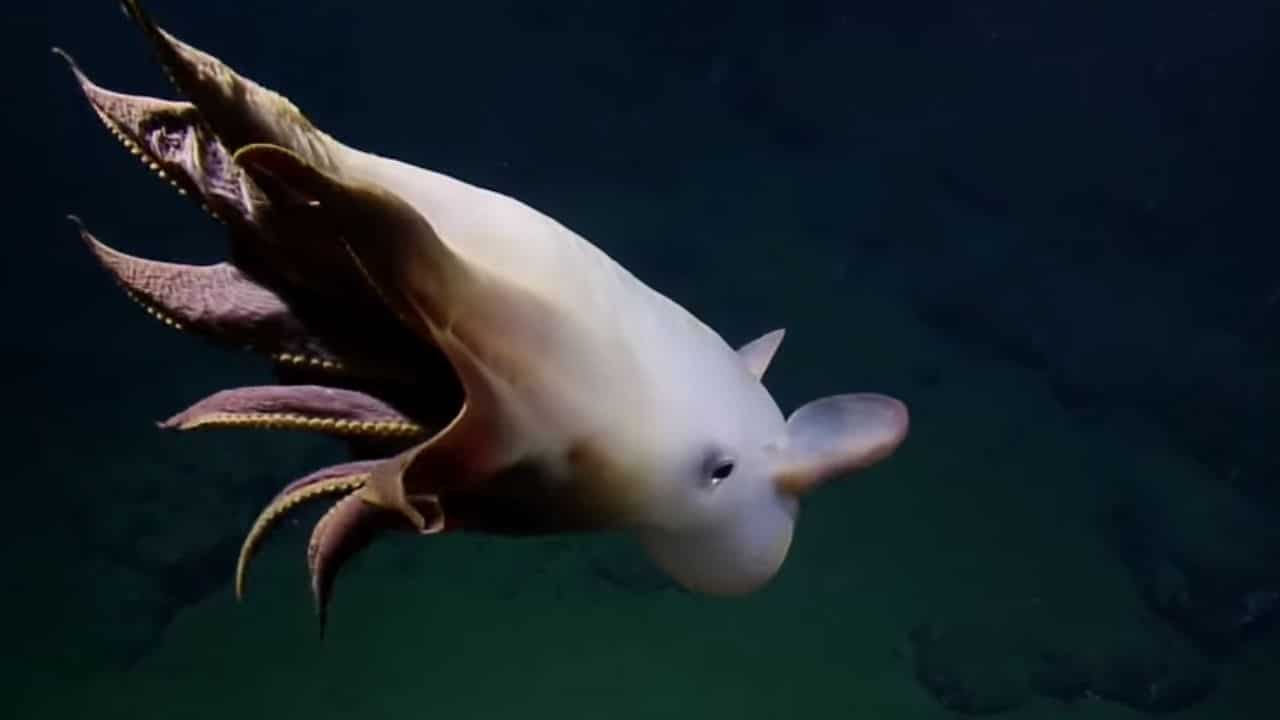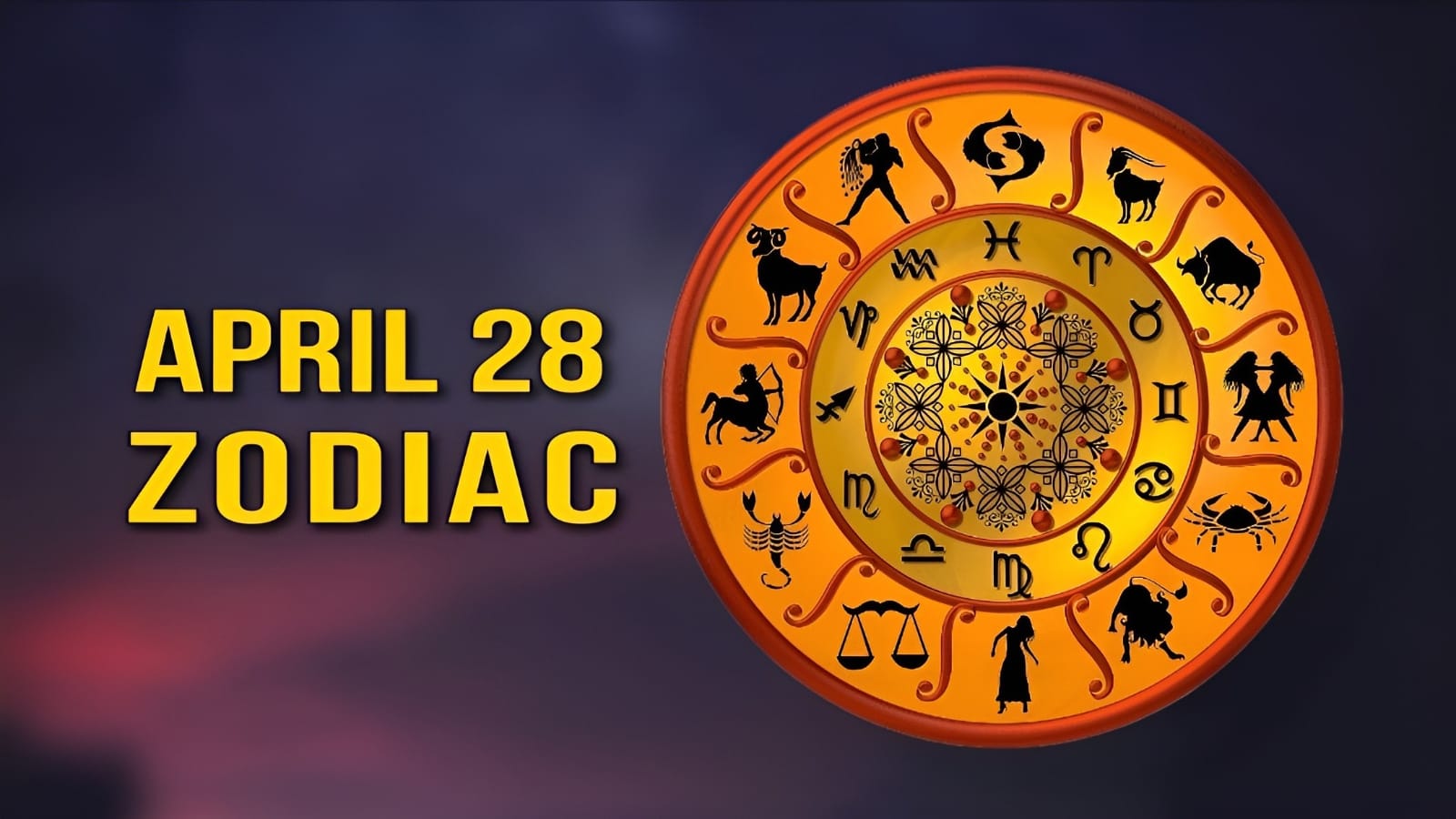Beneath the depths of the ocean, you’ll find some truly astonishing creatures that might seem like they’re straight out of a horror story.
These underwater inhabitants boast razor-sharp teeth, eerie howling sounds, and skin that glows with an otherworldly radiance. Thankfully, the cover of darkness conceals them from our view, sparing us from their unsettling appearances.
But amidst these eerie denizens of the deep, there exists a rather charming character known as Grimpoteuthis, affectionately referred to as the Dumbo octopus. This cephalopod, named after the lovable Disney character with big ears, stands out as a delightful exception to the rule.
With its short arms extending from a wide, skirt-like body, prominent big eyes, and endearing flappy ‘ears,’ the Dumbo octopus could easily steal the spotlight in any aquarium. However, there’s a catch – bringing one of these creatures to the surface is akin to watching it dissolve like jelly under the scorching sun.
So, picture this: a team of researchers aboard the Ocean Exploration Trust’s E/V Nautilus, guiding their remotely operated vehicle (ROV) through the depths of an unnamed seamount, some 2,665 meters (8,743 feet) below the surface. As they explore this mysterious underwater world, they stumble upon a Dumbo octopus peacefully drifting in front of their ROV. It’s a moment that surely elicits gleeful ‘ooohs!’ of delight from the team.
Typically, Grimpoteuthis, also known as the Dumbo octopus, doesn’t reach the imposing size of legendary sea monsters like the kraken. Instead, it grows to a modest length of around 20 to 30 centimeters. This unassuming cephalopod gracefully navigates the ocean’s depths, hovering just a few meters above the seafloor. It accomplishes this by using its noticeable fins on the mantle to gently propel itself, conserving energy as it moves.
Given the scarcity of prey in its environment, which might include the occasional mollusk, isopod, or worm, the Dumbo octopus has to be resourceful. It uses its umbrella-like webbing to capture prey and then employs the hair-like ‘cirri’ on its arms to guide the morsel into its mouth.
Interestingly, these deep-sea ‘cirrate’ cephalopods have undergone significant adaptations to survive the harsh conditions of their dark and desolate habitat. They’ve shed some of the traits found in their more familiar relatives. For instance, they no longer have ink sacs to aid in escaping from threats, and their once vibrant skin, adorned with dazzling chromophores for communication and camouflage, has become semi-translucent.
In this eerie abyss, Dumbo octopuses appear almost like spectral beings, with the females carrying clutches of eggs, ever prepared in case they encounter a male amid the boundless emptiness.
While it may sound melancholy, their existence in this lightless realm shields them from many human activities. Except for the occasional capture in deep-sea fishing nets, encounters with these creatures are exceedingly rare for humans.
Fortunately, the Dumbo octopus they encountered remained unharmed.
During a recorded live stream aboard the E/V Nautilus, one of the scientists expressed relief, saying, “Yeah, I’m so glad we got to see this after witnessing the one that, you know…” Another scientist chimed in to complete the thought, “…was being preyed upon.”
The E/V Nautilus is currently on its Ala ʻAumoana Kai Uli (NA154) expedition, focused on exploring the biology and geology of the Papahānaumokuākea Marine National Monument located to the northwest of Hawaii. While much of this region remains relatively unexplored, there is knowledge of sunken shipwrecks from the historic Battle of Midway, slowly deteriorating on the ocean floor. If any of these shipwrecks are located during the expedition, the researchers will add their study of these remnants to their ongoing tasks.
Amidst the potential discoveries and enigmatic encounters in these deep-sea depths, coming across a rare Dumbo octopus is indeed a more heartwarming prospect for the researchers.





































